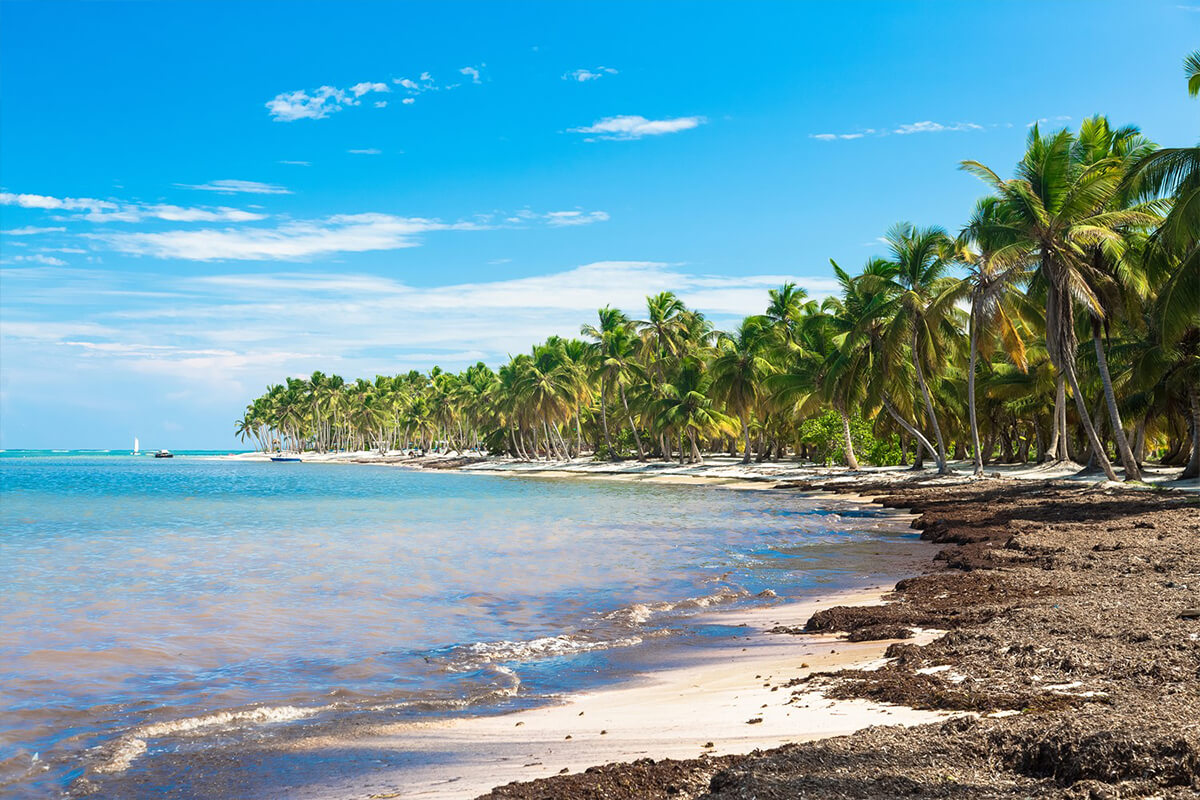The Ultimate House Viewing Checklist for Buyers
06 Jan
Please wait...
03 Dec

Photo: Courtesy of kopachinsky
Many of the world-famous beaches in the Caribbean are being overrun by foul-odored seaweed, and it just keeps coming. Scientists were baffled when a band of seaweed longer than the entire Brazilian coastline sprouted in 2011 in the tropical Atlantic--an area typically lacking nutrients that would feed such growth (news.yahoo.com). Since then, the seaweed, called sargassum, has exploded across the Caribbean (and Mexico). Scientists attribute its invasion to human sewage, agricultural runoff, and climate change (news.yahoo.com). Amazon rainforest destruction and dust blowing west from Africa's Sahara Desert may also be culprits in fueling the mega-blooms of the dark-brown seaweed (news.yahoo.com).
According to researcher Dr. Eliza Rodriguez, "We've got the perfect storm. Sargassum arrived. There were nutrients. The water was warm. And this helps the seaweed to propagate. Now it is there, and since sargassum reproduces really fast, it can duplicate its biomass in 20 days. It keeps on growing, and growing, and reproducing. That is why we are getting so much of it" (news.yahoo.com). When the plant washes ashore, it turns black and emits a sewage-like stench so powerful it has been known to make tourists sick (news.yahoo.com). It also attracts insects and turns once turquoise waters a sickly brown.
In June 2018, scientists recorded 20 million metric tons of seaweed, a 1,000 percent increase compared with the 2011 bloom for that month. Oceanographer Ajit Subramaniam at Columbia University suspects multiple factors at play driving the growth, stating, "I would be surprised if there is one clear villain" news.yahoo.com). However, a recent study examining the chemistry of the seaweed from the 1980s up to 2019 offers compelling evidence that water coming from city and farm runoff has been a significant contributor to the expansion of the so-called Great Atlantic Sargassum Belt, which now stretches for nearly 9,000 kilometers. The study discovered that the seaweed contained levels of nitrogen (which is found in human and animal waste and fertilizers) that were 35 percent higher on average than in samples taken more than three decades earlier. The findings were published in May in the journal Nature Communications.
Source:
news.yahoo.com